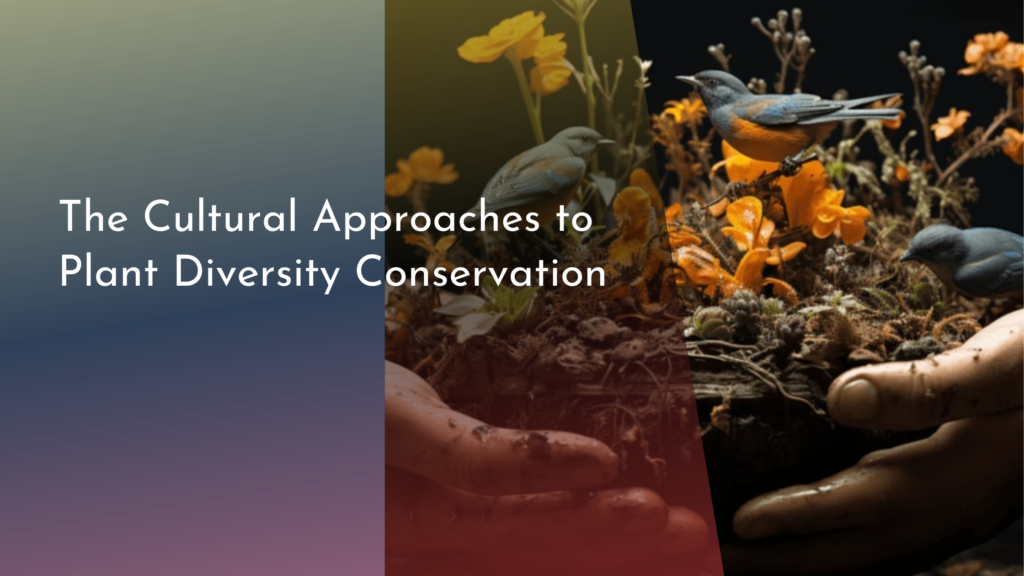Managing the impacts of seasonal festivals on wildlife
Seasonal festivals are a cherished part of human culture, celebrated with enthusiasm across the globe. However, while these events bring communities together in joyous celebration, they can also have significant implications for local wildlife. Understanding the impacts of these festivities on animals and their habitats is essential for ensuring that our celebrations do not come at the cost of the natural world. By fostering a symbiotic relationship between festivals and wildlife, we can create a balance that honors both our traditions and the biodiversity that enriches our lives.
As we gather to celebrate, it becomes crucial to assess how these events affect local ecosystems. Increased foot traffic, noise, and litter can disrupt wildlife habitats, disturb breeding patterns, and lead to wildlife stress. Animals may retreat from their natural habitats, affecting their feeding and reproductive cycles. Additionally, the introduction of lights, fireworks, and other human activities can confuse migratory birds and nocturnal animals, leading to disorientation and potential harm. Recognizing these impacts is the first step in fostering a more sustainable approach to our beloved celebrations.
Understanding the Connection Between Festivals and Wildlife
Festivals often occur in natural settings—parks, forests, and riversides—where wildlife thrives. This proximity can create an unintentional overlap of human activity and wildlife habitats. Animals are not only our fellow residents of these environments but also play critical roles in maintaining ecological balance. For example, pollinators are essential for plant reproduction, while predatory species help regulate prey populations. When we celebrate, we must acknowledge that our activities can directly impact these vital creatures and the ecosystems they support.
Moreover, festivals often emphasize themes of nature and wildlife, creating a paradox where celebration and conservation coexist. Many festivals aim to educate people about their local environment and encourage stewardship. However, the disconnect between the intent of these celebrations and their actual impact on wildlife can lead to unanticipated harm. By understanding this connection more deeply, we can better align our festivities with the preservation of the natural world, ensuring that our celebrations reflect our respect for all living beings.
Celebrating Nature: Protecting Wildlife During Festivities
Protecting wildlife during festivals requires proactive steps to minimize disruption to their habitats. Event organizers can implement measures such as designated wildlife corridors that allow animals safe passage through festival areas. Additionally, areas known for high wildlife activity should be clearly marked and avoided during events to reduce disturbances. Awareness campaigns highlighting the importance of maintaining a respectful distance from wildlife can also help festival-goers appreciate nature without intruding upon it.
Furthermore, reducing waste and pollution during festivals can significantly benefit local wildlife. Organizing recycling and composting stations not only keeps environments clean but also minimizes the risk of animals ingesting harmful materials. Utilizing eco-friendly decorations and materials can also mitigate the environmental footprint of these celebrations. By fostering an understanding of how our actions affect wildlife, we can ensure that the joy of the occasion is matched by our commitment to preserving the beauty of our surroundings.
Creative Solutions for Wildlife-Friendly Festival Planning
Innovative strategies can transform traditional festivals into wildlife-friendly events. For example, incorporating local flora into decorations and displays can serve a dual purpose: enhancing the aesthetics of the festival while providing habitat for native species. Additionally, collaborating with local wildlife organizations can help festival planners create educational programming that informs attendees about the region’s wildlife and conservation efforts. Engaging the community in these initiatives can foster a sense of ownership and responsibility toward local biodiversity.
Another creative solution is to leverage technology to enhance wildlife protection during festivals. Event apps can provide real-time information about wildlife activity in the area, alerting attendees to sensitive zones that should be avoided. Moreover, using drones for monitoring wildlife movements can help organizers adjust activities to minimize disruptions. By embracing innovative approaches, festivals can celebrate cultural heritage while actively supporting the ecological health of our communities.
Building Community Awareness for Wildlife Conservation
Community awareness is critical in harmonizing seasonal festivities with wildlife conservation. Engaging local schools, organizations, and volunteers can create a grassroots movement focused on educating residents about the importance of protecting wildlife during festivals. Workshops, webinars, and community discussions can raise awareness about the environmental impact of events and encourage individuals to adopt wildlife-friendly practices in their celebrations. This participatory approach ensures that the message of conservation resonates with everyone involved.
Moreover, sharing stories of successful wildlife conservation efforts linked to festivals can inspire communities to take action. Highlighting local wildlife heroes, conservation projects, and the positive outcomes of responsible festival planning can motivate individuals to become advocates for wildlife protection. By fostering a sense of community and shared responsibility, we can cultivate a culture of respect for nature that enriches both our celebrations and the ecosystems we cherish.
In conclusion, managing the impacts of seasonal festivals on wildlife is a vital aspect of celebrating our cultural heritage responsibly. By understanding the connection between our festivities and local ecosystems, we can implement creative and effective solutions that protect wildlife. Educating ourselves and our communities about the importance of conservation during celebrations fosters a harmonious relationship between humans and nature. As we gather together in joy, let us also commit to safeguarding the incredible biodiversity that makes our world vibrant. With thoughtful planning and a shared commitment, we can ensure that our festive traditions coexist beautifully with the wildlife that enriches our lives.

